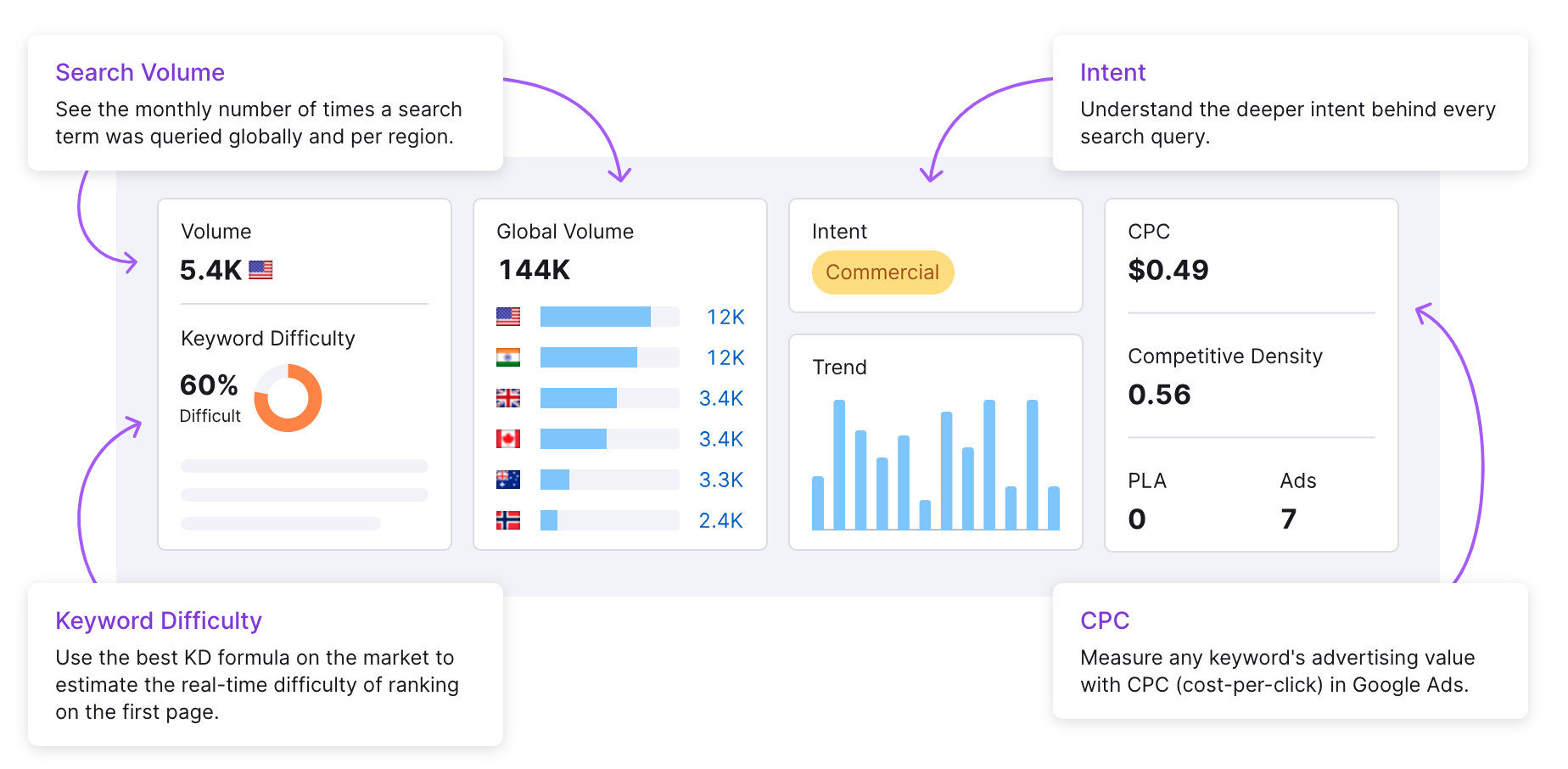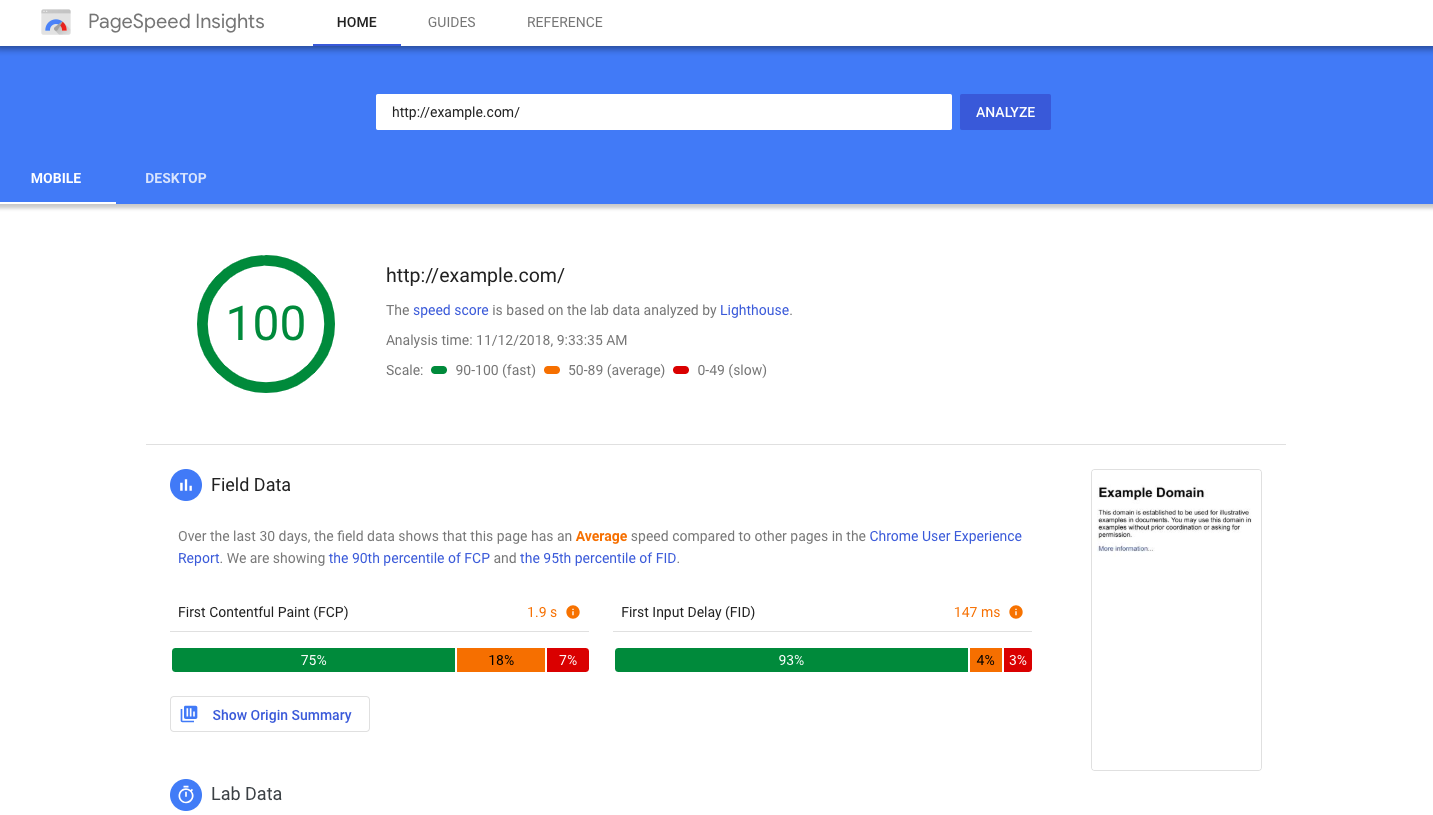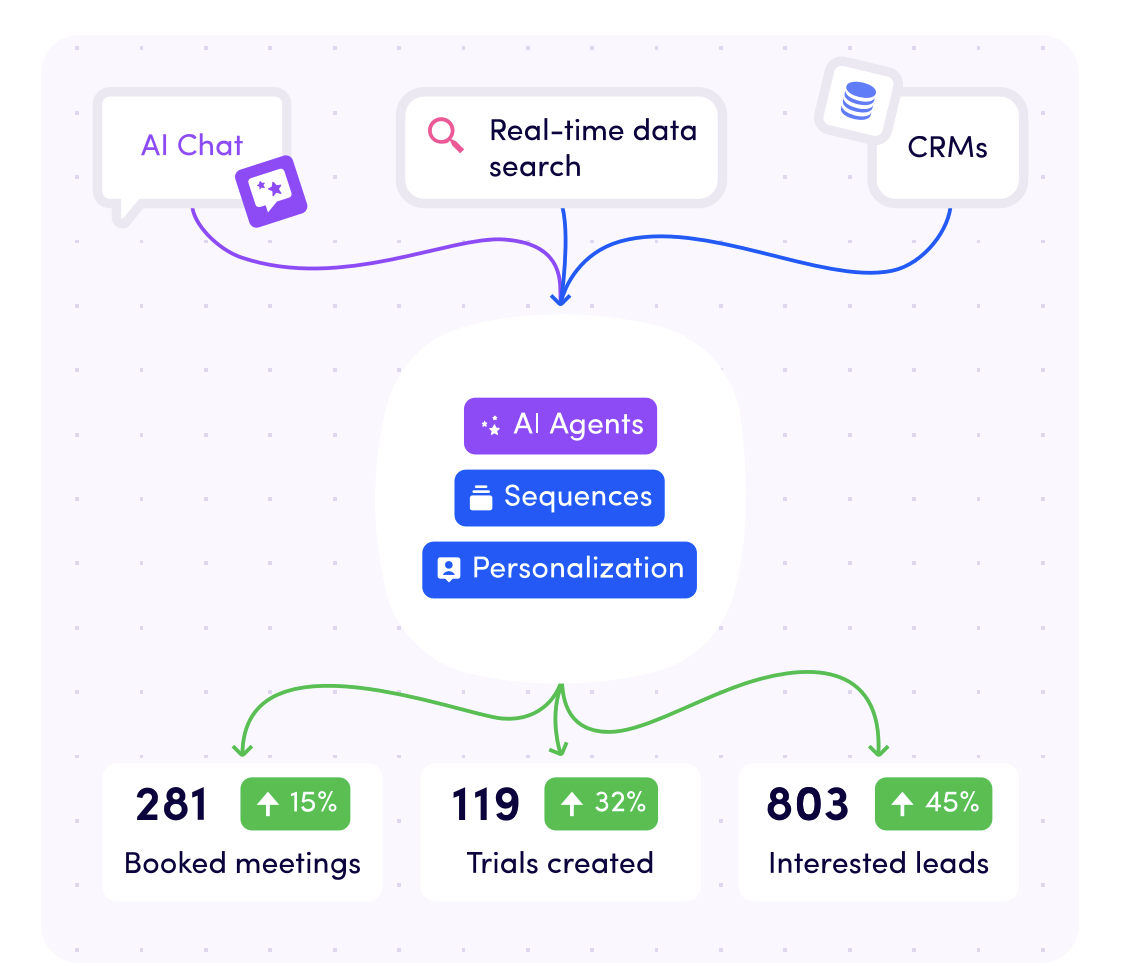Free SEO Guide: Get Found Online & Skyrocket Your Traffic

Updated on 04/06/2024
If you want to know something, the first port of call is to ask the internet. And you wouldn’t be alone in doing so. Google reportedly processes 8.5 billion internet searches every single day. That’s 99,000 per second. So how does your business get in front of customers who are searching online?
Welcome to SEO marketing.
If you're curious about a certain topic, jump to that section using the table of contents. 👇
2. Why is SEO important for businesses?
3. 3 Components of SEO marketing
6. Are you serious about taking a Digital Marketing?
What is SEO marketing?
SEO stands for “search engine optimisation”.
This refers to optimising your business’s online visibility using a series of strategies that cater to search engine criteria and algorithms.
Doing so increases your page ranking and drives organic traffic from Google, Bing and other search engines.
SEO marketing refers to the types of content that are published and made “SEO-friendly” to search engines, using keywords, image descriptions and other relevant tactics.
Why is SEO important for businesses?
The short answer is that improving your SEO will get you seen by more people online and therefore, you get more website clicks, producing more qualified leads and more sales.
The longer answer is slightly more detailed.
Sure, by ranking higher on Google and other search engines, you get more traffic (great news) but there are several byproducts to this:
- You gain more authority in your industry and are perceived as an expert.
- Your perceived authority increases backlinks, which improves SEO further.
- Your credibility increases when you appear higher in search results.
- Higher-ranking content makes it easier to share because it’s prominent.
- It acts as a conduit for your other online channels such as social media or blogs.
But let’s put the importance of SEO in perspective with a few facts.
- Google holds 92.2% of the search engine market share.
- The 1st organic result from a search gets 32% of all clicks.
- 49% of marketers report that organic search has the highest ROI of any marketing channel.
- The #1 organic result is 10x more likely to get clicked than the #10 result.
- 68% of online experiences begin with a search engine query.
- 53.3% of all website traffic comes from organic search.
- SEO drives 1000%+ more traffic than organic social media.
Needless to say, SEO plays a pivotal role in getting relevant, qualified traffic for your business.
3 Components of SEO marketing
SEO is a subfield of digital marketing and a profession in its own right.
SEO specialists help businesses raise their online profile and increase search engine rankings using a myriad of techniques but for simplicity, we’ll break down the three main types of SEO.
1. On-page SEO
This refers to the optimisation of the pages on your website to improve search engine rankings.
Some elements of this are:
Keywords
These are the specific terms and phrases that people are searching for online.
Let’s say you want to find a local Mexican restaurant, you might search for “best Mexican restaurants near me.”
The search engine would then show results that are most relevant to your query.
These websites would include certain keywords like “Mexican” or “restaurant”, and to go one step further, use your geographic location to establish the nearest one to you.
Knowing which keywords to choose and incorporate into your website content requires some research.
Keyword research is fundamental for SEO practices, more than just picking a relevant word, you’ll need to assess the frequency and competitiveness of keywords.
SEMrush, for example, is a keyword tool that shows how often users are searching for certain keywords, this lets you know if they’re relevant.
It also shows competitiveness and advises on what you need to do to break into the higher-ranking results.
Sometimes, this is hard to do, especially if a large organisation occupies the top spot on Google.
In this case, a better tactic might be choosing similar keywords or phrases that are less competitive.
Content
Leading on from keyword research is the actual content that companies need to produce.
Back in the day, during the early phases of SEO, keyword stuffing was the go-to hack.
This is where relevant keywords would be littered (or stuffed) throughout web pages, blogs and other mediums to increase the frequency at which they appear for search engines to pick up.
The problem with this method was the quality of the content was invariably poor.
The content was being produced solely to trick the system rather than make it useful and relevant.
More is not always better.
Nowadays, search engines like Google are much more refined and less easy to trick.
Relevancy and high-quality content are king now.
Content has to provide value to the user, be targeted to their specific needs, answer burning questions and be timely in terms of freshness or age.
2. Off-page SEO
This refers to external influences on your SEO that aren’t in your direct control.
The most common off-page SEO tactic is backlinks.
Essentially, these are internal links to your site that exist on other sites.
The general rule of thumb to follow is that the more backlinks you have from high-ranking and reputable sources increase the reputation and trustworthiness of your own site, thus improving its ranking.
As well as backlinks, other off-page SEO tactics include:
- PR
- Guest Blogs
- Podcasts
- Forums
- Events
- Reviews
3. Technical SEO
Technical SEO refers to optimising the technical aspects of your website to help search engines index, crawl and understand what your website is all about, this helps it rank higher in search engines.
Technical SEO is conducted on the backend of a website and includes these common elements:
Improving Site Speed
If your website is slow, people will leave.
Site speed needs to be optimised to avoid people clicking away in frustration, Google reports that a mere one-second improvement in loading can increase conversions by 27% for mobile users.
Who said people were impatient?!
Making it Mobile-Friendly
Almost 59% of all web traffic comes from mobile devices.
The on-demand nature of our generation means people want information quickly with as little delay as possible.
You need to ensure that your website performs on mobile the same as on desktop - smooth, easy to navigate and visually appealing.
Increasing the crawl ability
This is about making it easy for search engines to understand your website and find content it can index for later use.
The process goes something like this:
- Search engines send out crawlers (bots) to find content and follow the URLs.
- The content is then stored and organised, ready to be presented to users as a result of relevant search queries.
- The results are displayed by rank - from most relevant to least relevant.
The process for technical optimisation is worthy of a separate post.
There’s a lot to it.
We won’t get into the details here, but to read more on this, check out this guide from Moz.
SEO content strategy: 3-step guide
You know what SEO marketing is and how it can influence your business.
Now, it’s time to implement it.
We’ve whittled down the process into 3 easy-to-follow steps to get you started with SEO marketing.
1. Make an SEO-friendly website

Your website is the hub of all online traffic.
It's where all content points to, whether that’s on social media or through blogs, videos, or podcasts - every digital road leads back here.
Remember, your website needs to leverage the SEO techniques we’ve covered in this article to make crawling and indexing a breeze for search engines.
Here’s a summary of what to focus on:
- Use UX design principles to make your site responsive, fast and easy to use.
- Research keywords and integrate them into your site.
- Optimise meta tags, titles and descriptions with keywords.
- Research backlink strategies and how to attract them.
These are the first steps to follow in helping your page rank.
2. Create the right content

We can’t stress this one enough.
Make the right content.
Your keyword research will point to what your customers are searching for the most, and from this, you can compile topics for content.
But make sure it’s valuable to the reader and not self-serving.
The job of the search engine is to present the most relevant and useful result to the user.
Build content marketing strategies and tactics to decide on which formats you’ll use.
Some examples of content are:
- Blogging
- Podcasts
- Videos (explainers, how-tos etc)
- Social media
Once you know what type of content your audience prefers, you can create topic clusters and content pillars that expand on topics.
This gives users a sphere of related and engaging content that can be optimised for SEO but also brings more traffic to your business from the fringes.
3. Analyse the data

It’s all well and good to take the time to meticulously plan and strategise, but you won’t know how effective your SEO efforts are without monitoring the results!
Data tells you how much impact your content is having on audiences and whether you need to adjust tactics.
For websites, you can use tools like Google Analytics for in-depth data analysis.
Analytics tools will tell you:
- Organic search traffic
- Time spent on page
- Conversion rates
- Type of web browser (mobile or desktop)
- Referring to site details (where the traffic came from)
- Bounce rate
And more.
This data will let you know whether your content is relevant for search engines and users and what needs to be optimised for future campaigns.
Piecing it all together
You’ve tackled the basics of SEO marketing and how to get started with an SEO content strategy.
The world of SEO can seem daunting, with ever-changing search engine algorithms and a wide range of strategies and tools available.
But at its heart, SEO is all about creating a positive user experience.
By prioritising relevant content that addresses your target audience's search intent, you provide value and establish yourself as an authority in your field.
Remember, search engines are constantly learning and prioritising authoritative content.
This means focusing on in-depth blog posts, informative guides, and well-structured content that provides solutions and answers to user queries.
Avoid duplicate content and focus on creating fresh, engaging material.
Relevant content is not just about keywords; it's about building trust and establishing your brand as a reliable source.
While technical aspects like internal linking and schema markup are important, they should always complement your content strategy.
Business owners can leverage SEO to attract potential customers organically, increasing website traffic and ultimately driving sales.
Social media marketing can further amplify your content and reach a wider audience.
Remember, SEO is an ongoing process.
Stay updated on the latest trends, like the growing role of Artificial Intelligence in search algorithms.
Hands-on experience and a data-driven approach will help you refine your strategy and achieve your SEO goals.
By prioritising relevant content and user experience, you can discover the true power of SEO and build a lasting online presence.
Now’s the time to put what you’ve learned into practice and start climbing the ranks of those page results.
Are you serious about taking a Digital Marketing?
You're in the right place!
Use the power of online channels to maximise your impact.
Learn digital marketing strategies and tools to turbocharge business growth online.
Digital marketing has become an indispensable part of the modern business landscape.
Leveraging the power of digital channels, businesses can connect with their audiences, build brand awareness, and drive revenue growth.
Are you ready to elevate your digital marketing skills and advance in this ever-evolving field?
Check out our Digital Marketing course!
This comprehensive course is designed to equip you and your team with the knowledge and skills needed to excel in the digital marketing arena.
Learning with Growth Tribe couldn’t be easier.
All of our courses are designed to be flexible for the learner with self-paced content so you can manage your time and learning to suit your lifestyle best.
Join a community of over 35,000 certified alumni who share a passion for growing their skills and positively impacting their careers.
Categories
- Business & Innovation (83)
- Growth & Marketing (72)
- Artificial Intelligence (52)
- Data & Analytics (16)
- Case studies (10)
- Project Management (10)
Related articles
Latest articles
ChatGPT Search Unveiled: Should You Make The Switch Now?
Picture this: You’re no longer just “searching” the web—you’re...
Shadow AI Explained: How to Harness Hidden AI Without the Risks
Picture this: your team is under pressure to deliver results—fast....
The 33 best AI tools for commercial teams
The tools are split into 2 categories The best AI tools for your...
B2B Growth Blueprint: How to Drive Sales and Build Strong Partnerships
In today’s fast-paced world, B2B companies are like ships...




















